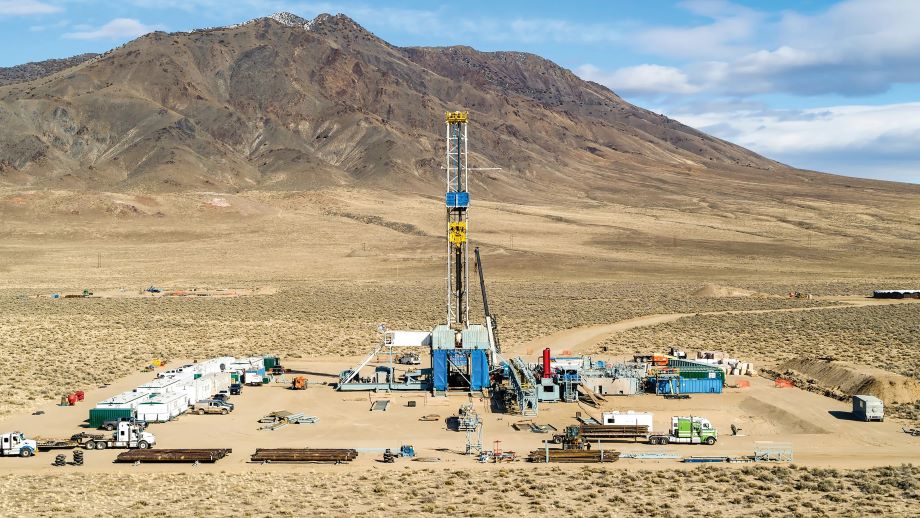Thomas Newcomen
Thomas Newcomen


Born in the English town of Dartmouth, Thomas Newcomen (1664 – 1729) is largely forgotten by history, which is strange because he invented the atmospheric steam engine, kept in use for more than 200 years. It's even been postulated by some to be a forerunner of the automobile and other means of transportation.
According to the British Broadcasting Company, "Contemporary engines worked by using condensed steam to make a vacuum, but whereas Thomas Savery's pump of 1698 had just used the vacuum to pull the water up, Newcomen created his vacuum inside a cylinder and used it to pull down a piston. He then used a lever to transfer the force to the pump shaft that went down the mine. It was the first practical engine to use a piston in a cylinder."
Michigan State University's College of Engineering explains that the system is constructed so that the beam is heavier on the main pump side with gravity pulling down that side of the beam. How does the vacuum mentioned earlier come about? The cylinder below the steam piston is first filled with atmospheric pressure steam, then water is sprayed into the cylinder to condense the steam. The site continues: "At the bottom of the steam piston stroke, a valve opens to restore the steam cylinder to atmospheric pressure, and the beam tips down on the right by gravity, permitting the main piston to fall. As the main piston falls, the water from below the piston passes to the chamber above the piston … Atmospheric pressure steam enters the steam cylinder during this step, enabling the process to be repeated."
Newcomen partnered with Savery because of the latter's patent, although the patent was for an invention that was much more limited in how far it could carry water. According to Michigan State, Savery's pump hinged on heating water to create vaporization, the steam from this "then creating a vacuum by isolating the tank from the steam source and condensing the steam. The vacuum was used to get water up from the mines. However, the vacuum could only draw water from shallow depths. Another disadvantage of the pump was the use of steam pressure to expel the water that had been drawn into the tank. In principle, pressure could be used to force the water from the tank upwards 80 feet, but boiler explosions were not uncommon since the design of pressurized boilers was not very advanced."
Other websites talk about the importance of the valve, mentioning that it was manually done by operators on a platform. They say the legend is that the automatic valve was invented by workers who wanted out of the task—so they gerryrigged the ropes.
Newcomen can be almost categorized as having a cult following, The Newcomen Society for the History of Engineering and Technology has itself been around for almost 100 years and throughout the Internet, "followers" continue to plead his case for inclusion among the great inventors.
Eric Butterman is an independent writer.
Thomas Newcomen is largely forgotten by history—strange when you consider that he invented the atmospheric steam engine, kept in use for more than 200 years.

.png?width=854&height=480&ext=.png)

